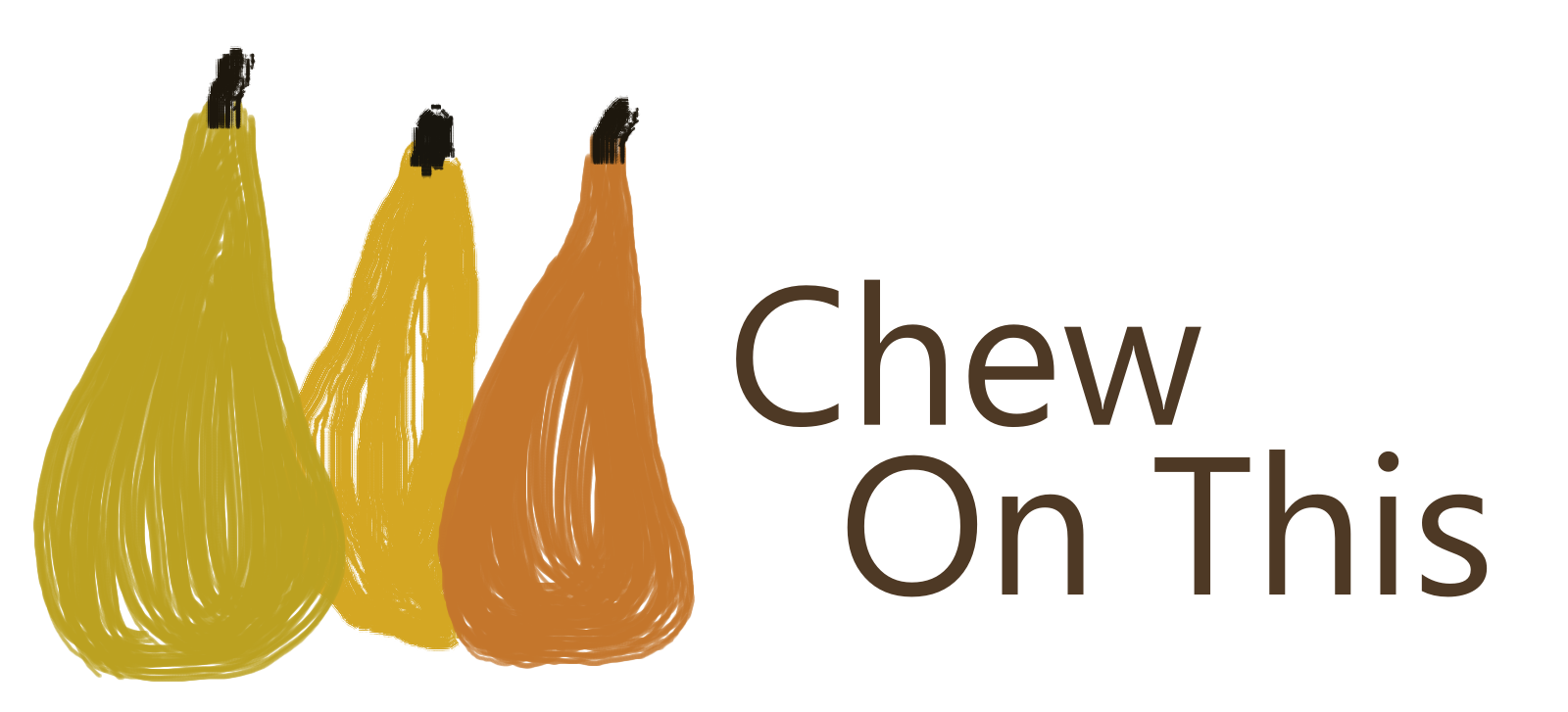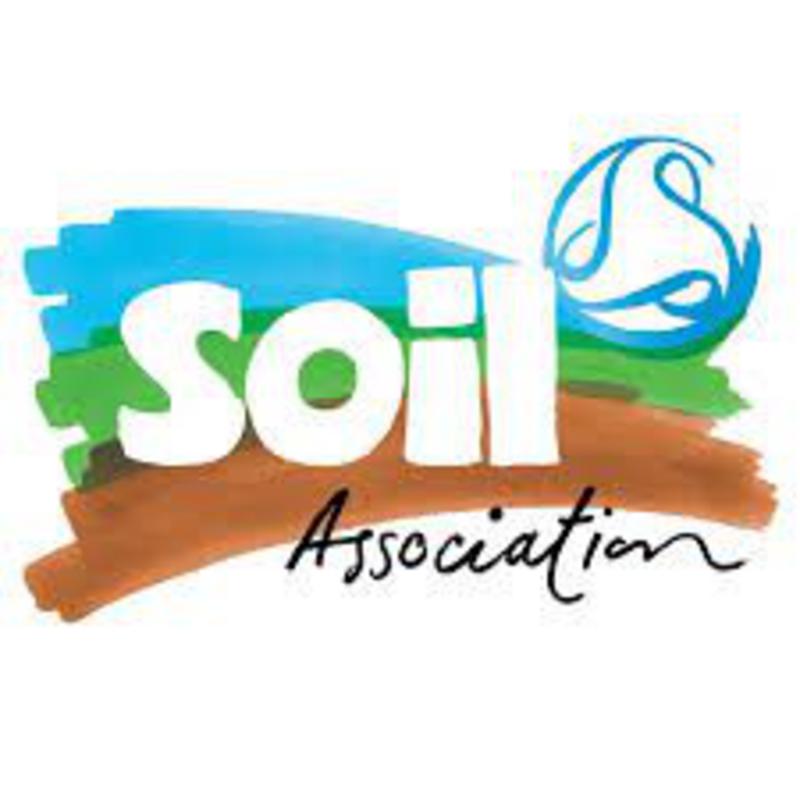The Soil Association was founded in 1946 by a group of people concerned about the health implications of increasingly intensive agricultural systems brought in to satisfy food demands after the Second World War. They were concerned with the effects the new farming methods might have on soil erosion, nutritional quality of food, animal welfare and on the countryside and wildlife.
For the first thirty years the Association was based on a farm in Suffolk. The farm was divided into three units, one farmed using the new intensive techniques, one farmed traditionally and one with mixed system. At the end of this period of research the results were not as clear as had been hoped (hardly surprising since we still have a poor understanding of what we truly mean by health of land and food), however a much clearer understanding had been built up of how the best of old and new traditions in land husbandry could be combined, and from this basis the first organic standards were compiled and defined.
In the early Seventies there was beginning to be a demand from certain consumers and farmers for a system to show that food had been produced to the Soil Association Standards. The certification system set up then is now used by about 80% of organic food in the UK.
In the mid-1980’s a number of supermarkets began to stock organic food and this (combined with Pat and Tony Archer from the Radio Four series becoming organic) brought a new credibility to the movement. However the numbers of organic farmers remained small until the launch in 1995 of the Organic Aid Scheme of aid from the government to help farmers through the difficult conversion process of 2 to 5 years. Organic land in the UK is still less than 0.5% compared with about 4% in Germany, 5% in Denmark and 8% in Austria for example but it is growing.
The burgeoning demand for organic food is being met by a thriving network of farm shops, farmers markets and box schemes supplying food direct from producers to consumers, as well as an increasingly sophisticated and developed mainstream organic sector. However, demand is such that about 70% of organic food is still imported from the more developed European and US markets.
The Soil Associationa ask Why? Answer; The Soil Association has higher organic standards and sourcing requirements than the legal minimum for organic. Worth considering as organic has become industrialised and mainstream.

